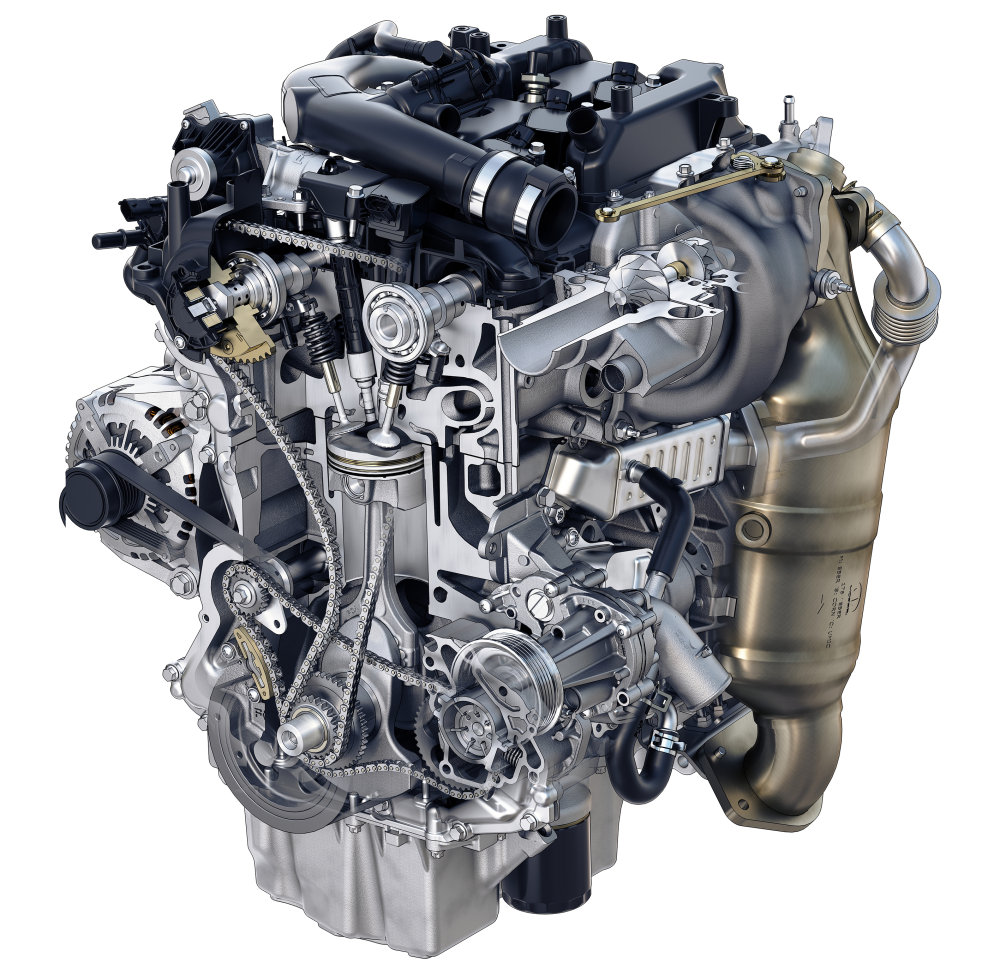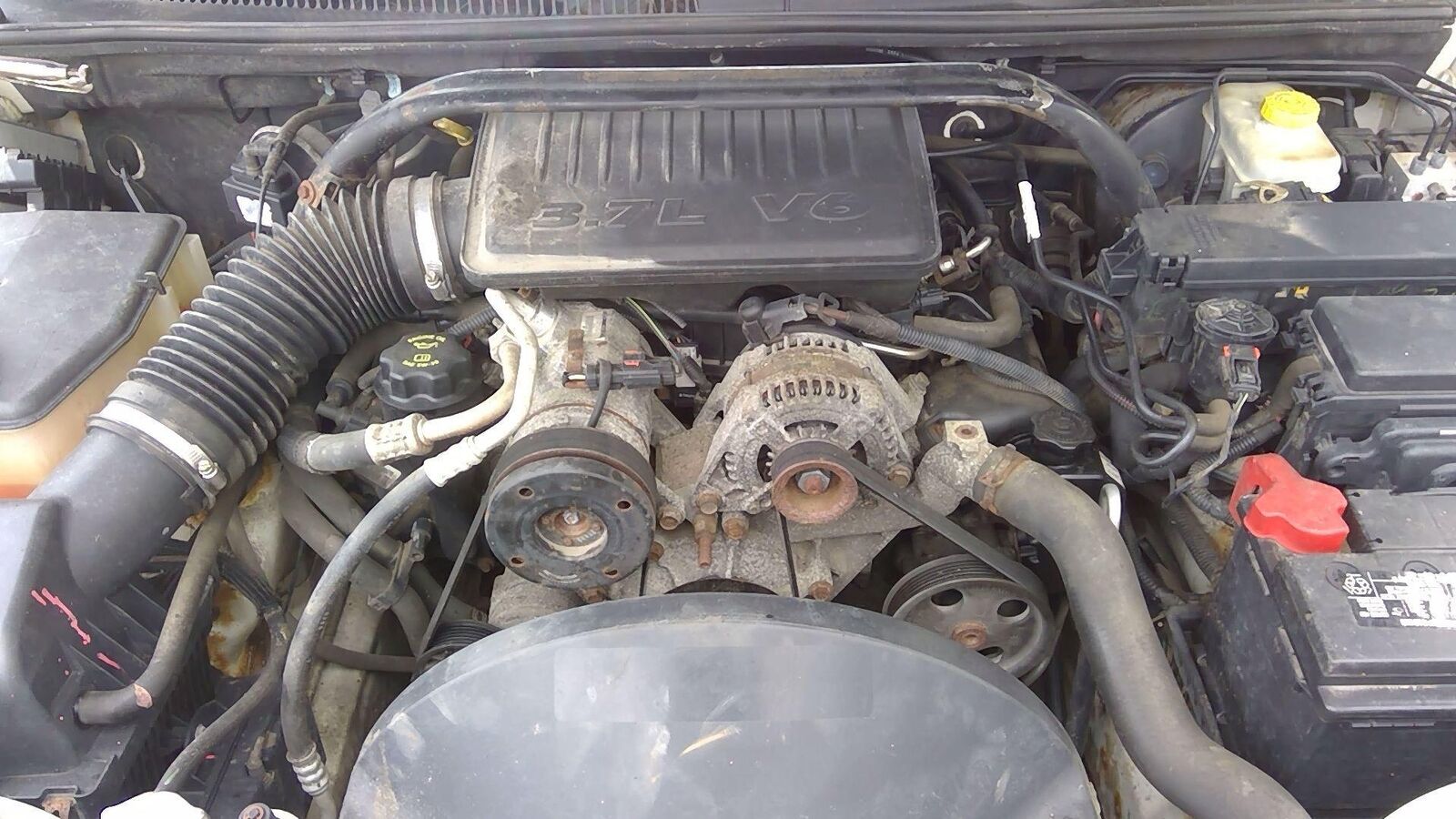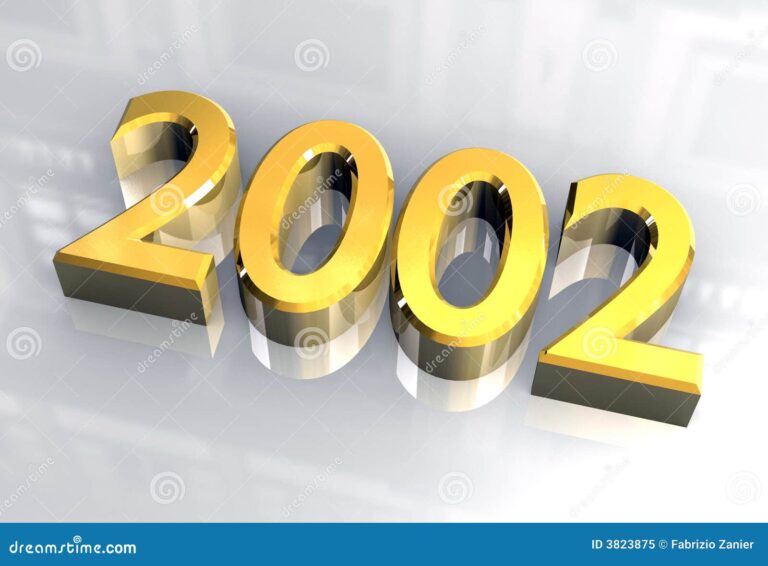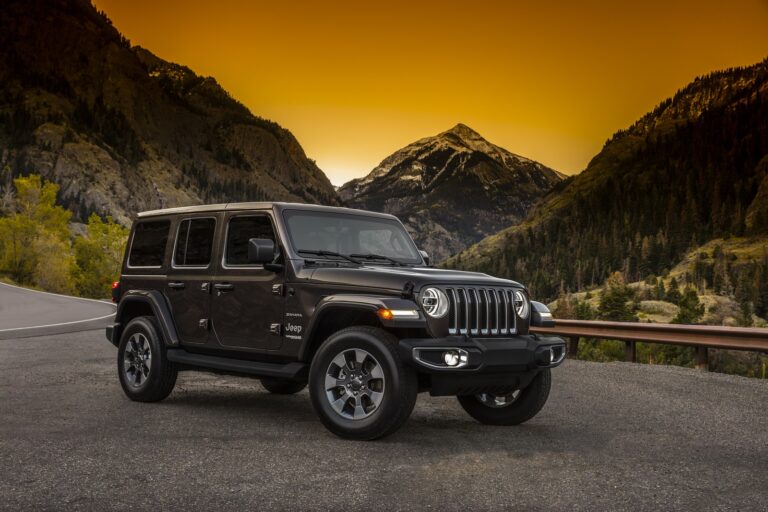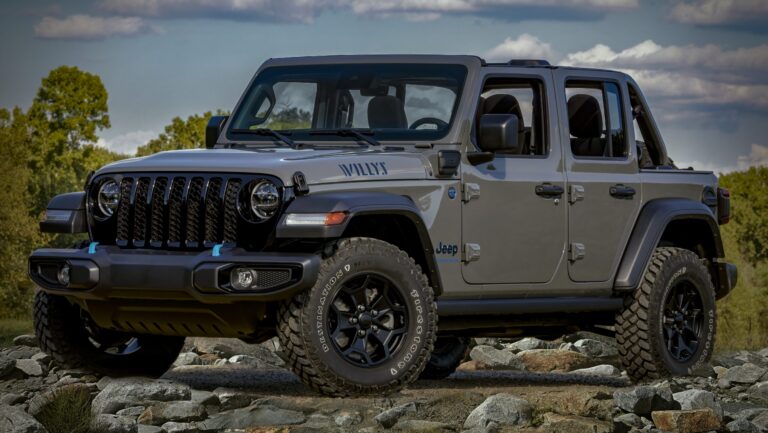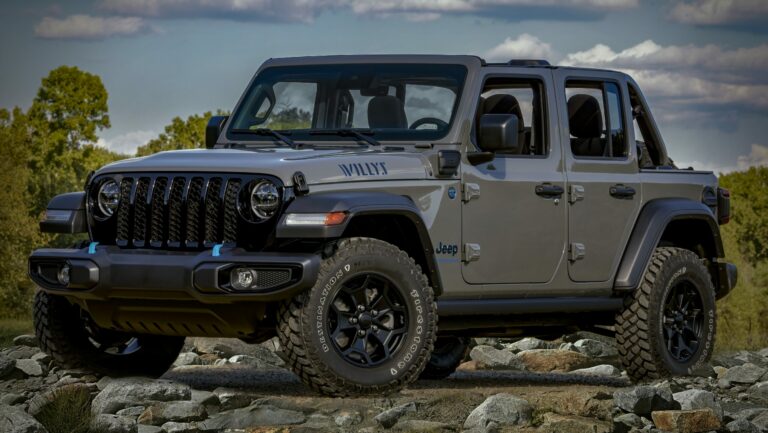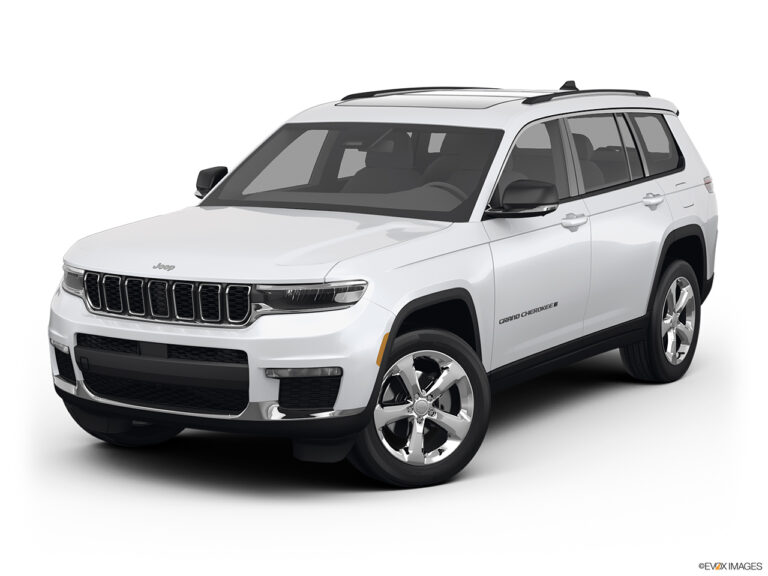2001 Jeep Engine For Sale: A Comprehensive Buyer’s Guide
2001 Jeep Engine For Sale: A Comprehensive Buyer’s Guide jeeps.truckstrend.com
Introduction: The Enduring Appeal of the 2001 Jeep Engine
For many Jeep enthusiasts and vehicle owners, the year 2001 holds a special significance. It represents a pivotal point for several iconic Jeep models, including the beloved XJ Cherokee, the capable WJ Grand Cherokee, and the rugged TJ Wrangler. At the heart of these vehicles lies an engine that, even decades later, remains a highly sought-after component: the 2001 Jeep engine. Whether you’re looking to breathe new life into a classic off-roader, replace a failing powerplant, or embark on a custom engine swap project, finding a reliable 2001 Jeep engine for sale is a quest that promises to extend the life and enhance the performance of these legendary machines.
2001 Jeep Engine For Sale: A Comprehensive Buyer’s Guide
This comprehensive guide will delve into everything you need to know about acquiring a 2001 Jeep engine. We’ll explore the types available, where to find them, crucial considerations before purchase, and practical advice to ensure a successful transaction and installation. Understanding the nuances of these engines and the market for them is key to making an informed decision that will keep your Jeep roaring for years to come.
Why a 2001 Jeep Engine? The Legacy of Durability and Performance
The 2001 model year was notable for its engine offerings across the Jeep lineup. While various engines were available, one stands out above the rest for its legendary reliability and widespread appeal: the 4.0-liter inline-six (I6) engine. This powerplant, often referred to as the "bulletproof" engine, powered the XJ Cherokee, TJ Wrangler, and WJ Grand Cherokee, earning a reputation for its incredible longevity, torquey performance, and surprising fuel efficiency for its class.
- Longevity and Reliability: Many 4.0L engines have surpassed 300,000 miles with proper maintenance, a testament to their robust design.
- Torque for Off-Roading: Its low-end torque delivery makes it ideal for off-road crawling and towing.
- Ease of Maintenance: Simple design and widely available parts make it relatively easy to maintain and repair.
- Swap Potential: Its compact inline design makes it a popular choice for engine swaps into other vehicles, including older Jeeps or custom builds.
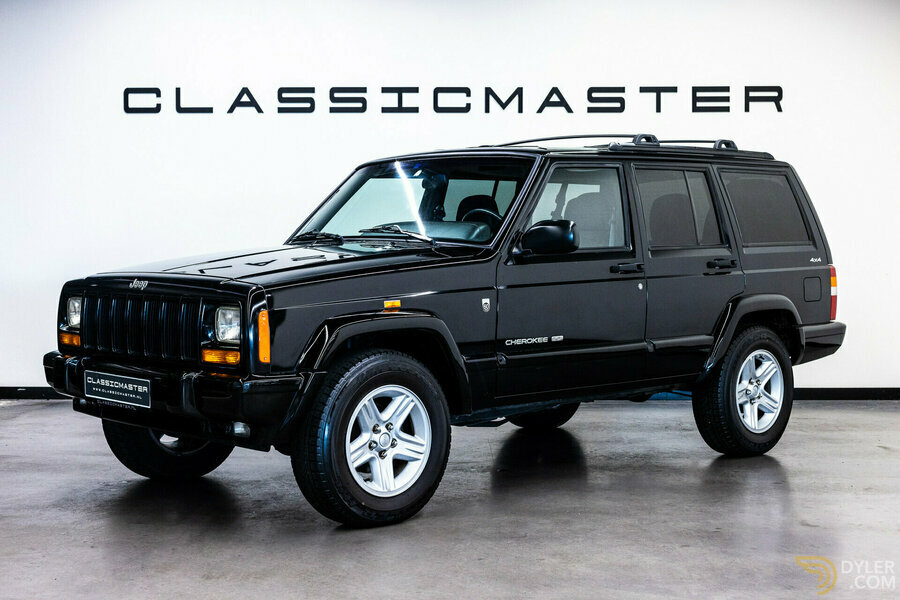
Beyond the 4.0L, the 2001 Grand Cherokee also offered the 4.7-liter V8 engine, providing more horsepower and towing capacity for those seeking a performance upgrade, and the 2.5-liter inline-four (I4) was available in some Wrangler and Cherokee models for those prioritizing economy over power. The enduring demand for these engines highlights their inherent quality and the lasting value they bring to the vehicles they power.
Types of 2001 Jeep Engines Available
When searching for a 2001 Jeep engine, you’ll primarily encounter a few distinct types, each with its own characteristics and ideal applications:
-
4.0L Inline-Six (I6):
- Models: Found in Wrangler TJ, Cherokee XJ, and Grand Cherokee WJ.
- Characteristics: Known for its legendary reliability, strong low-end torque (around 225 lb-ft), and respectable horsepower (around 190 hp). It’s a non-interference engine, meaning valves won’t hit pistons if the timing chain fails, adding to its robustness.
- Ideal For: Restoring classic XJs and TJs, general replacement for a failing 4.0L, or as a reliable base for performance modifications.
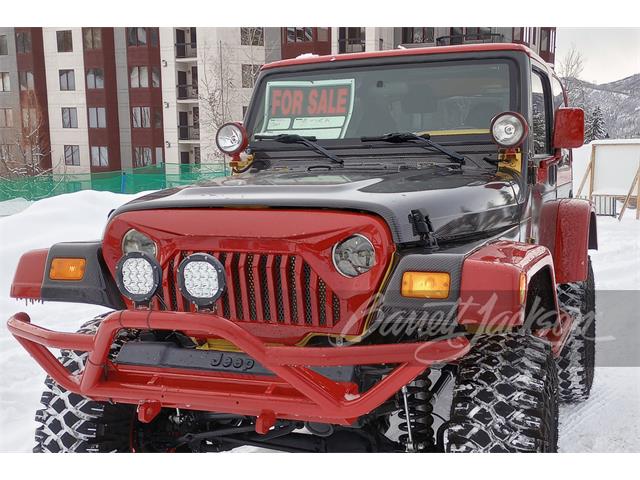
-
4.7L PowerTech V8:
- Models: Primarily found in the Grand Cherokee WJ.
- Characteristics: A more powerful option, offering significantly more horsepower (around 235 hp initially, later 265 hp HO version) and torque (around 295 lb-ft). It provides smoother acceleration and greater towing capacity compared to the 4.0L.
- Ideal For: Grand Cherokee owners seeking original V8 performance, or those looking to upgrade from a 4.0L in a Grand Cherokee (though this requires more extensive modifications).
-
2.5L Inline-Four (I4):
- Models: Available in some Wrangler TJ and Cherokee XJ models.
- Characteristics: A smaller, more fuel-efficient option, producing around 120 hp and 140 lb-ft of torque. While less powerful, it’s known for its simplicity and reliability in lighter applications.
- Ideal For: Restoring original 2.5L equipped Jeeps, or for those who prioritize fuel economy and light-duty use.
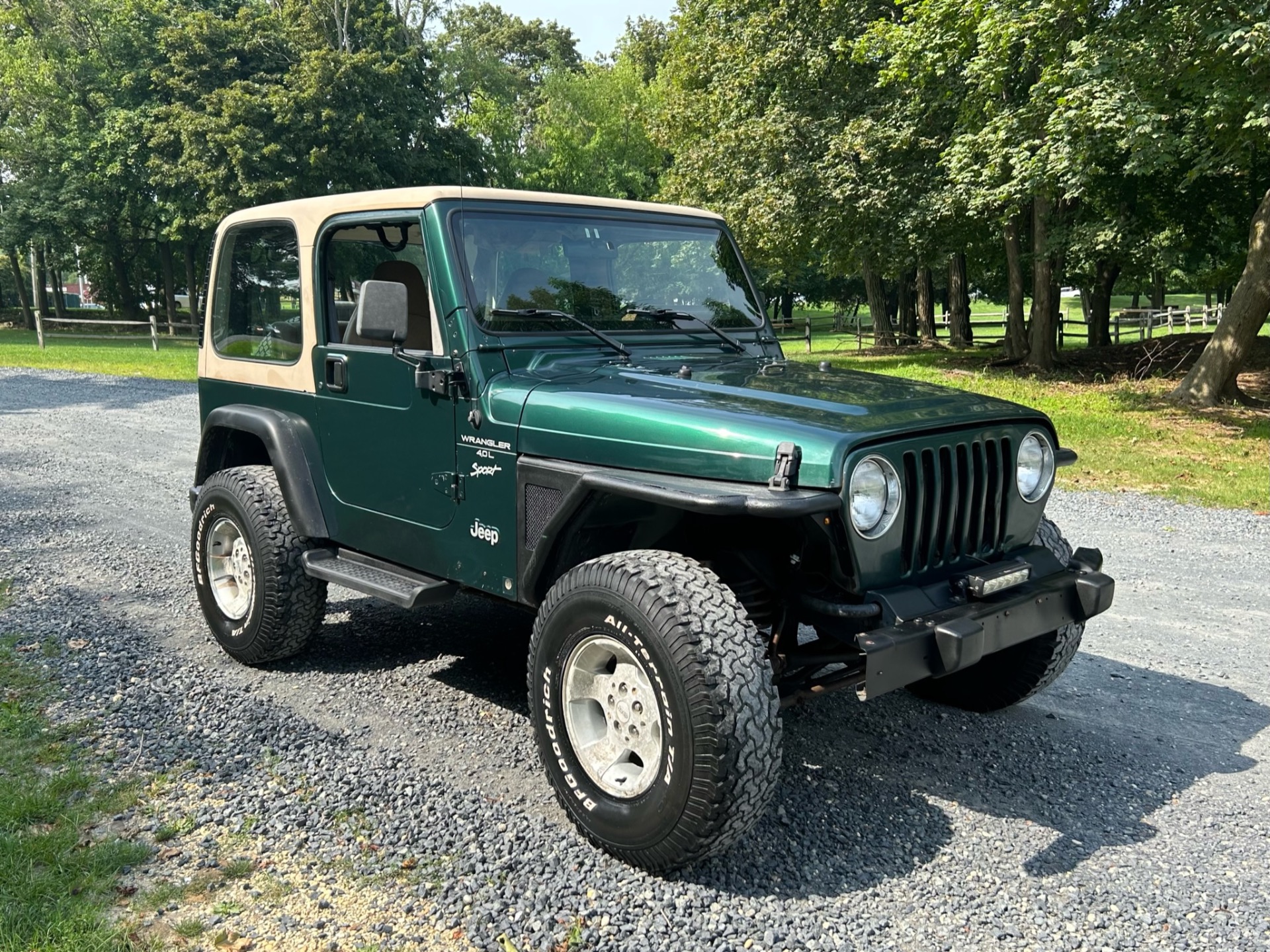
Understanding which engine type your specific Jeep model originally came with, or which one you intend to swap in, is the first critical step in your search.
Where to Find a 2001 Jeep Engine for Sale
The market for used and reconditioned 2001 Jeep engines is robust, offering several avenues for potential buyers:
-
Salvage Yards/Auto Recyclers:
- Pros: Often the most affordable option. You can sometimes inspect the engine in person.
- Cons: Engines are sold "as-is" with little to no warranty. Condition can vary wildly, requiring careful inspection.
- Tip: Look for yards that specialize in Jeeps or have a good reputation for testing parts.
-
Online Marketplaces (eBay, Craigslist, Facebook Marketplace):
- Pros: Wide selection, competitive pricing, direct communication with sellers.
- Cons: Risk of scams, misrepresentation, or hidden issues. Shipping can be costly and complicated.
- Tip: Prioritize local sellers for in-person inspection. For distant sellers, request detailed photos, videos of the engine running (if possible), and proof of origin. Always use secure payment methods.
-
Specialized Engine Suppliers/Rebuilders:
- Pros: Offer used, rebuilt, or remanufactured engines, often with warranties (ranging from 30 days to several years). Engines are typically tested and ready for installation.
- Cons: Higher price point than salvage yards.
- Tip: Research the supplier’s reputation, warranty terms, and what’s included with the engine (e.g., accessories, sensors).
-
Jeep Forums and Enthusiast Groups:
- Pros: Connect with knowledgeable sellers who are often fellow enthusiasts. Good source for advice and leads.
- Cons: Limited selection, deals are often informal.
- Tip: Be active in the community, ask questions, and build trust before committing to a purchase.
Key Considerations Before Buying
Purchasing a used engine requires due diligence. Here’s what to keep in mind:
-
Condition and Mileage:
- Mileage: Lower mileage is generally better, but a well-maintained high-mileage engine can still be viable.
- Visual Inspection: Look for signs of leaks (oil, coolant), excessive rust, cracked blocks/heads, or damaged accessory mounts.
- Compression Test: If possible, have a compression test done. Consistent readings across all cylinders indicate good internal health.
- Oil Appearance: Check the oil for signs of sludge, water, or metal shavings.
- Running Condition (if possible): Hearing the engine run before removal is ideal. Listen for knocks, ticks, or smoke.
-
Warranty:
- Used: Usually "as-is" or a very limited warranty (e.g., 30 days for major internal issues).
- Rebuilt/Remanufactured: Typically comes with a more substantial warranty (e.g., 1-3 years). Understand what the warranty covers and excludes.
-
What’s Included:
- Does the sale include the intake manifold, exhaust manifold, alternator, power steering pump, AC compressor, starter, wiring harness, and ECU? Often, engines are sold "long block" (block and heads) or "short block" (block only). Clarify what accessories are part of the deal, as these can add significant cost if purchased separately.
-
Compatibility:
- Ensure the engine is compatible with your vehicle’s transmission (manual vs. automatic) and any specific year-to-year variations in sensors or mounting points. While 2001 is fairly consistent, cross-referencing part numbers is always wise.
-
Shipping and Logistics:
- Engine shipping can be expensive and complex due to weight and size. Factor in freight costs, liftgate services, and delivery to a commercial address if possible.
Evaluating an Engine: Practical Advice and Actionable Insights
When you find a potential 2001 Jeep engine, here’s how to evaluate it:
- Ask for Documentation: Request any available maintenance records, proof of previous vehicle ownership, or details about why the engine was removed.
- Get Photos/Videos: Ask for clear, high-resolution photos or videos from multiple angles, especially of critical areas like the oil pan, cylinder head, and bellhousing.
- Check for Core Charges: If buying from a supplier, inquire about core charges. You might get money back for your old engine.
- Confirm Serial Numbers: If possible, verify the engine serial number to confirm it’s from a 2001 model year and matches the seller’s description.
- Consider a Pre-Purchase Inspection: For higher-value engines, consider hiring a local mechanic or mobile inspection service to inspect the engine on your behalf if you cannot do it yourself.
- Understand the Difference Between Rebuilt and Remanufactured:
- Rebuilt: An engine that has been disassembled, cleaned, inspected, and had worn parts replaced. Quality can vary based on the rebuilder.
- Remanufactured: An engine that has been brought back to OE (Original Equipment) specifications, often with new or re-machined components meeting factory tolerances. These typically offer the highest quality and come with longer warranties.
The Purchase Process and Installation Tips
Once you’ve found the right engine:
- Secure Payment: Use secure payment methods like PayPal Goods & Services for online purchases, or cash/certified check for local transactions. Avoid wire transfers.
- Shipping Arrangement: Confirm shipping costs, delivery timeframe, and insurance. Ensure the engine is properly crated or secured for transport.
- Professional Installation: Unless you’re an experienced mechanic with the right tools, professional installation is highly recommended. Engine swaps are complex and require specialized knowledge.
- Pre-Installation Checks: Before installing, it’s wise to replace common wear items like the rear main seal, oil pan gasket, valve cover gasket, and water pump, as these are easier to access when the engine is out of the vehicle.
- Fluid Flushes: Once installed, ensure all fluids (oil, coolant, power steering, transmission fluid) are fresh and at proper levels.
Potential Challenges and Solutions
- Finding the Right Engine: Patience is key. The perfect engine might not appear immediately.
- Budget Constraints: Used engines offer cost savings, but factor in potential repairs, shipping, and installation costs. Remanufactured engines are more expensive upfront but reduce the risk of immediate issues.
- Unexpected Issues Post-Install: Even with careful inspection, problems can arise. A good warranty or a trusted mechanic can mitigate these risks.
- Compatibility Surprises: Double-check all sensor types, wiring harnesses, and bellhousing bolt patterns. An experienced Jeep mechanic can advise on potential pitfalls.
Table: Estimated Price Range for 2001 Jeep Engines
Please note that prices are estimates and can vary significantly based on condition, mileage, included accessories, seller, location, and market demand.
| Engine Type | Condition | Typical Price Range (USD) | Warranty | Key Features/Notes |
|---|---|---|---|---|
| 4.0L Inline-6 | Used (Salvage) | $500 – $1,500 | As-is / 30-90 days | Mileage unknown; visual inspection crucial; accessories often not included. |
| Used (Tested) | $1,200 – $2,500 | 30-180 days | From reputable yards/brokers; basic testing done; may or may not include accessories. | |
| Rebuilt | $2,000 – $3,500 | 1-3 years | Disassembled, inspected, worn parts replaced; quality varies by rebuilder. | |
| Remanufactured | $3,000 – $5,000+ | 3 years / 100k miles | Restored to OE specs; highest quality; often includes new components & longer warranty. | |
| 4.7L V8 | Used (Salvage) | $700 – $1,800 | As-is / 30-90 days | More complex; common with dropped valve seats in early models (check for updated heads). |
| Used (Tested) | $1,500 – $2,800 | 30-180 days | Less common than 4.0L; harder to find tested units. | |
| Rebuilt | $2,500 – $4,000 | 1-3 years | Good option for original V8 owners; ensure rebuilder addresses common 4.7L issues. | |
| Remanufactured | $4,000 – $6,000+ | 3 years / 100k miles | Premium option for those needing reliable V8 power; often addresses common factory flaws. | |
| 2.5L Inline-4 | Used (Salvage) | $300 – $800 | As-is / 30-90 days | Simple, basic engine; good for light-duty or restoration of original 2.5L Jeeps. |
| Used (Tested) | $700 – $1,500 | 30-180 days | Less common on market due to lower demand compared to 4.0L. | |
| Rebuilt/Remanufactured | $1,500 – $2,500 | 1-3 years | Often cost-prohibitive for the value unless specifically needed for restoration. |
Note: Installation costs (labor) are typically separate and can range from $800 to $2,500+ depending on the shop, engine type, and complexity.
Frequently Asked Questions (FAQ) about 2001 Jeep Engines
Q1: Is the 4.0L engine truly "bulletproof"?
A1: While highly durable and long-lasting, no engine is truly "bulletproof." The 4.0L is incredibly reliable, but proper maintenance (regular oil changes, cooling system care) is essential to maximize its lifespan. Common issues, if any, are usually minor like oil leaks or sensor failures.
Q2: Can I put a 4.7L V8 engine into a 2001 Jeep that originally had a 4.0L?
A2: While technically possible, it’s not a direct bolt-in. It requires significant modifications, including a different transmission, engine mounts, wiring harness, ECU, cooling system upgrades, and potentially drive shaft changes. It’s a complex and costly swap best left to experienced enthusiasts or professional shops.
Q3: What’s the difference between a "long block" and a "short block"?
A3: A "short block" typically includes the engine block, crankshaft, connecting rods, and pistons. A "long block" includes everything in a short block plus the cylinder head(s), camshaft(s), and valve train, but generally without external accessories like the intake manifold, exhaust manifold, alternator, etc.
Q4: How important is mileage on a used 2001 Jeep engine?
A4: Mileage is a factor, but condition and maintenance history are more critical. A well-maintained engine with 150,000 miles might be in better shape than a neglected one with 80,000 miles. Always prioritize a thorough inspection over just the odometer reading.
Q5: What are common problems to look for in a 2001 Jeep 4.0L engine?
A5: Common issues include rear main seal leaks (though often minor), cracked exhaust manifolds, and occasional sensor failures (e.g., Crankshaft Position Sensor). These are generally inexpensive fixes compared to major internal engine problems. The 2000-2001 4.0L engines are known for a potentially problematic cylinder head (0331 casting) that can crack, leading to coolant loss. Always check for this specific head casting and inspect it carefully if possible.
Q6: Should I buy a used engine or a remanufactured one?
A6: Your decision depends on your budget and risk tolerance. A used engine is cheaper but carries more risk and typically a shorter warranty. A remanufactured engine is more expensive upfront but offers peace of mind with a longer warranty and often better quality control, making it a good long-term investment.
Conclusion: Driving Your Jeep Legacy Forward
Finding the right 2001 Jeep engine for sale is more than just a transaction; it’s an investment in the longevity and continued adventure of your beloved vehicle. Whether you opt for a robust 4.0L I6, a powerful 4.7L V8, or a reliable 2.5L I4, understanding the market, knowing what to look for, and making an informed decision are paramount. By following the advice in this guide, you can confidently navigate the buying process, ensuring your 2001 Jeep receives the heart it deserves to tackle trails, cruise highways, and create new memories for years to come. The legacy of these iconic Jeeps is defined by their resilience, and with the right engine, yours can continue its journey.
